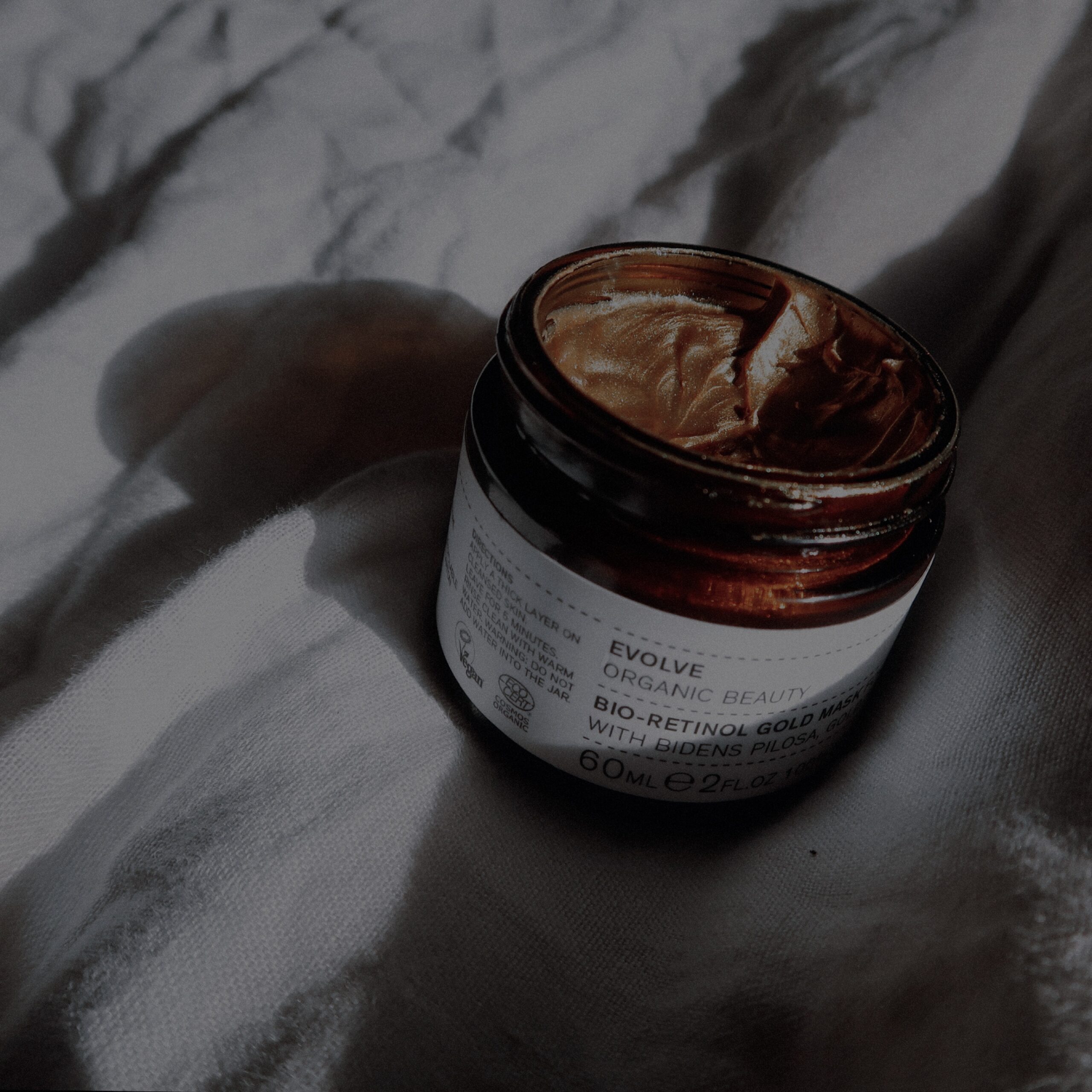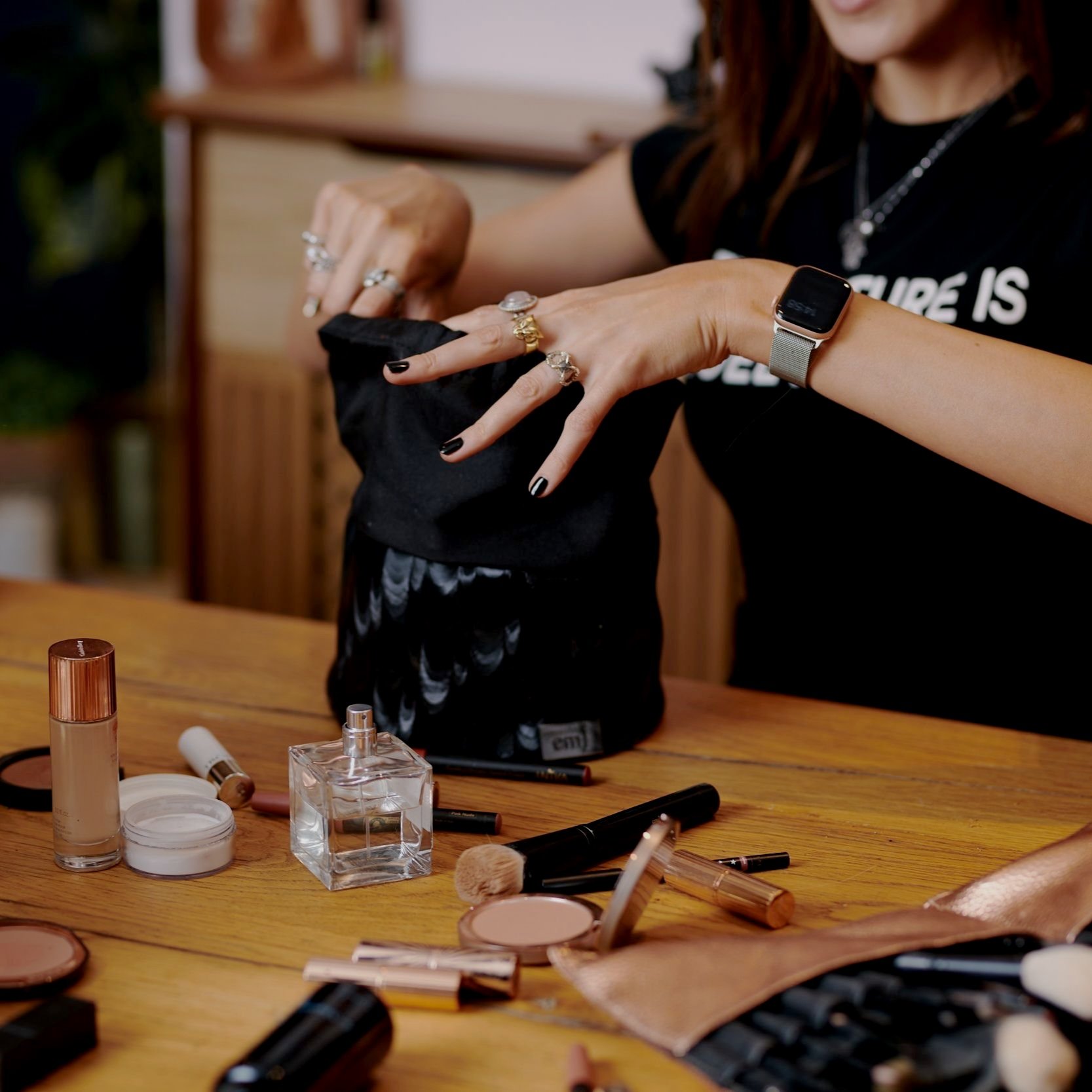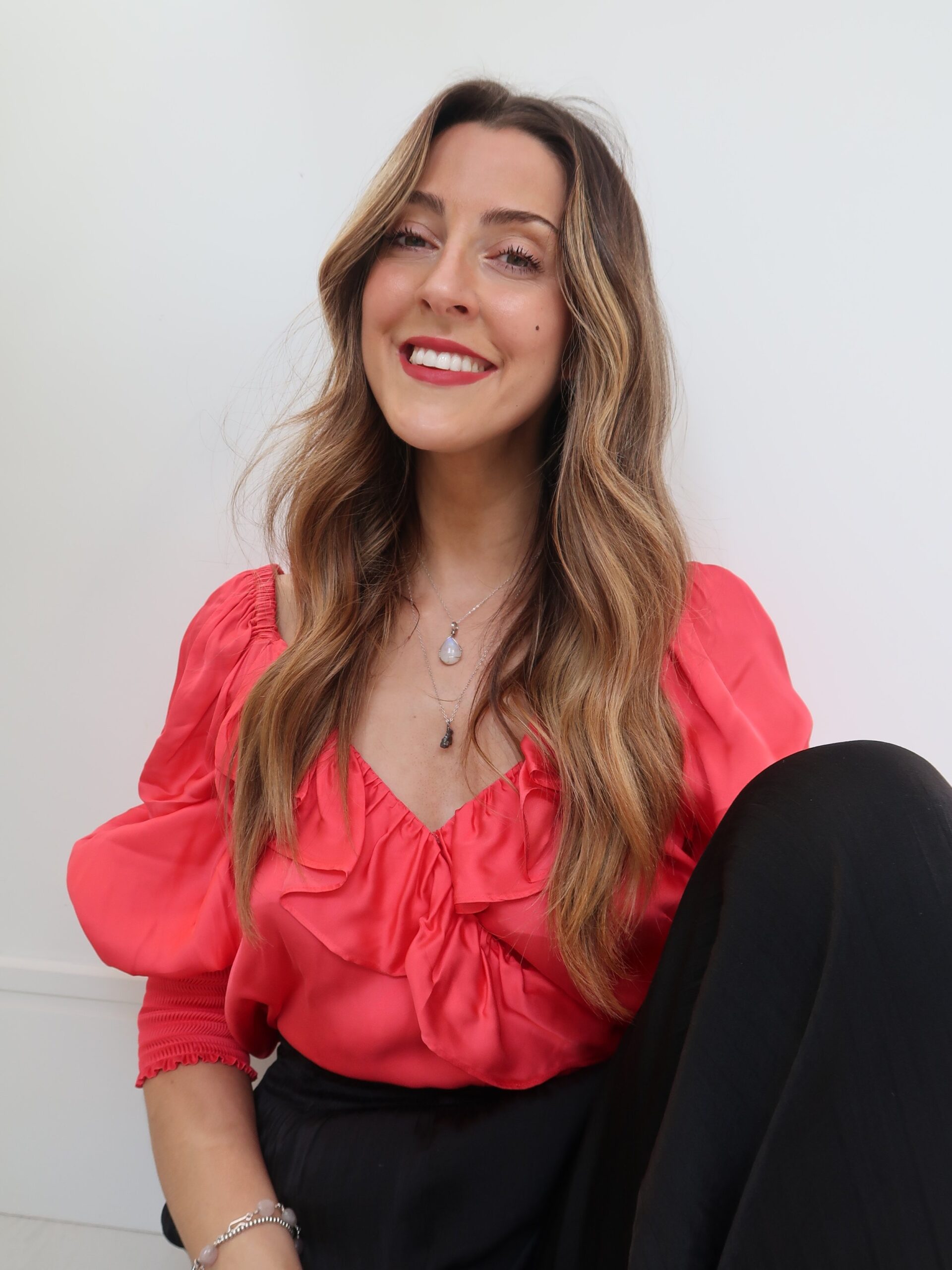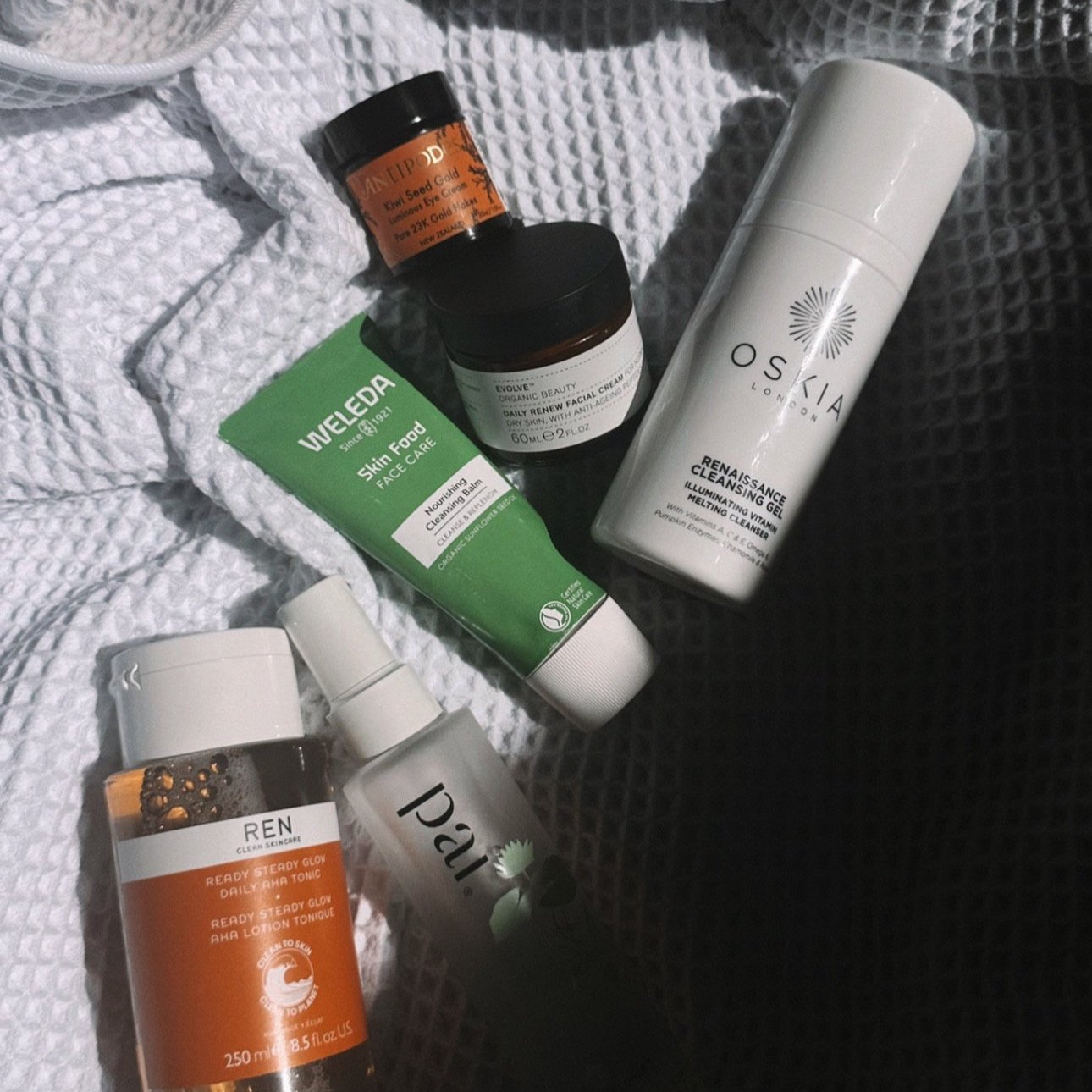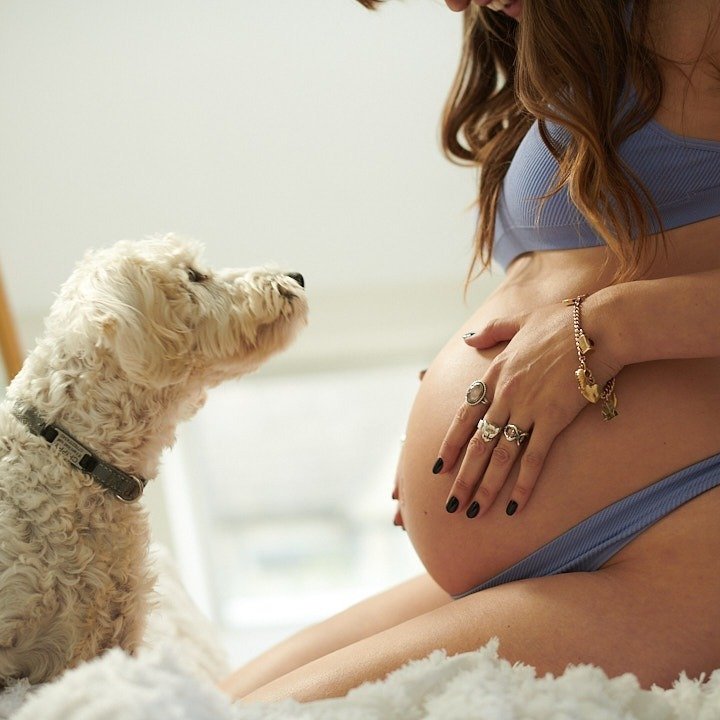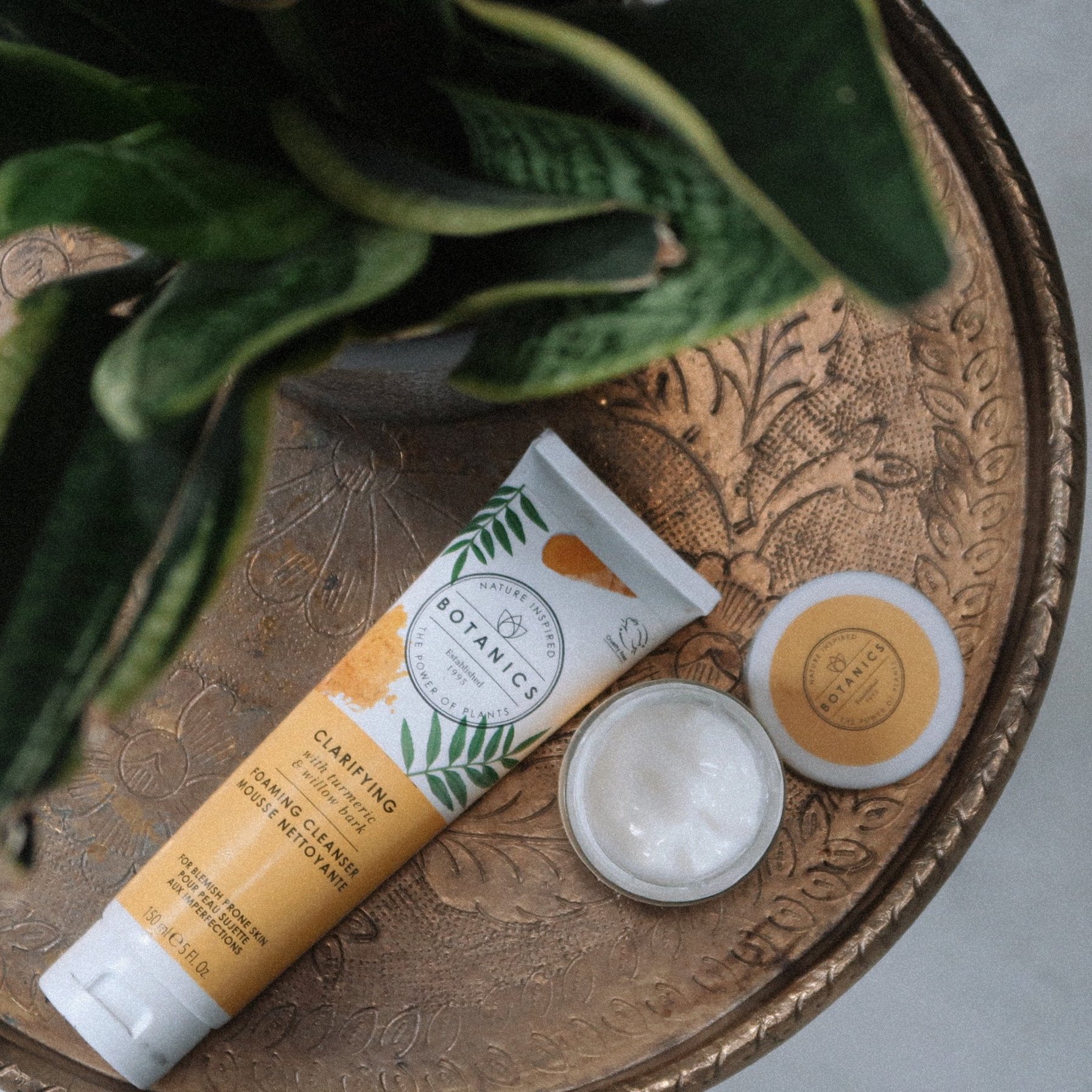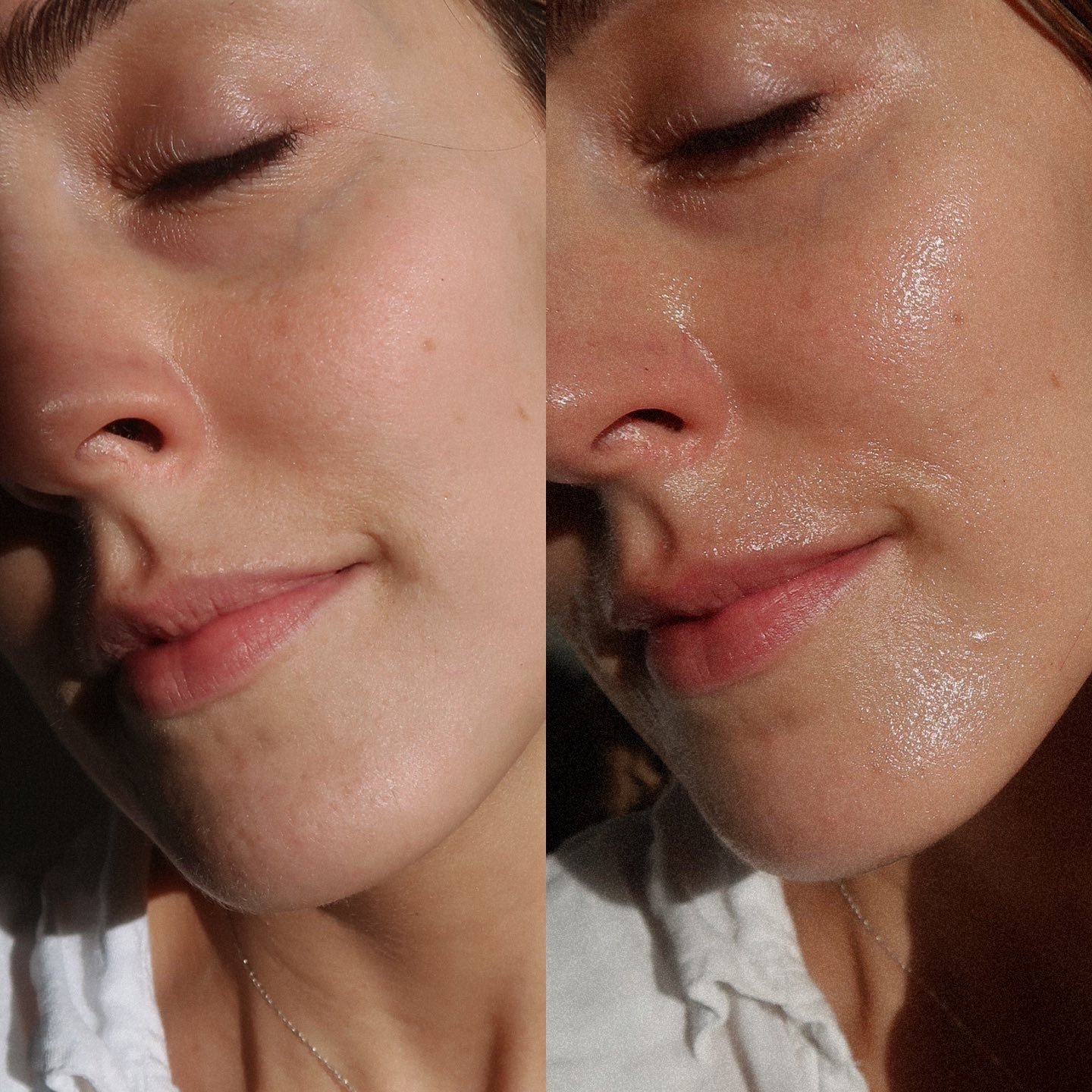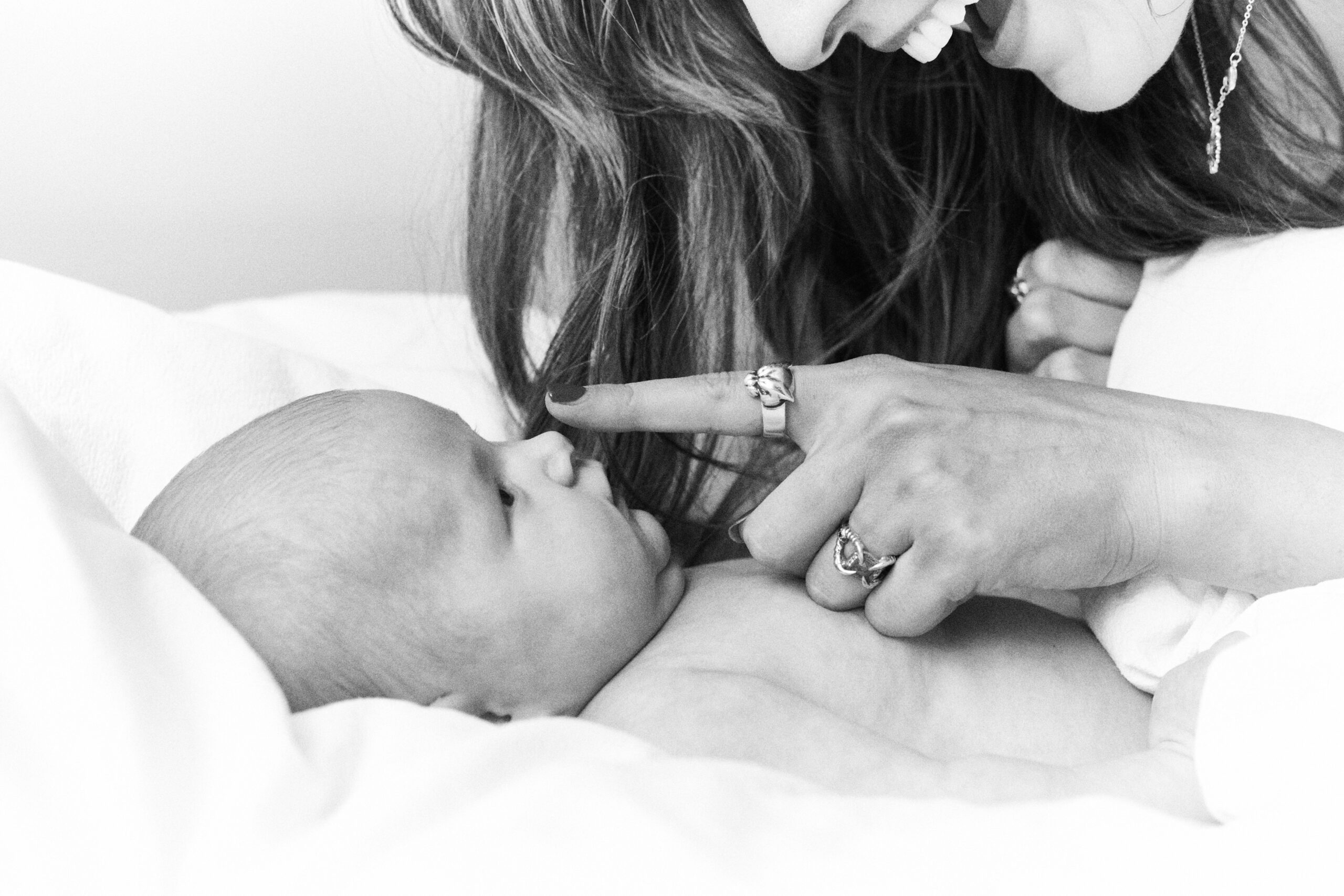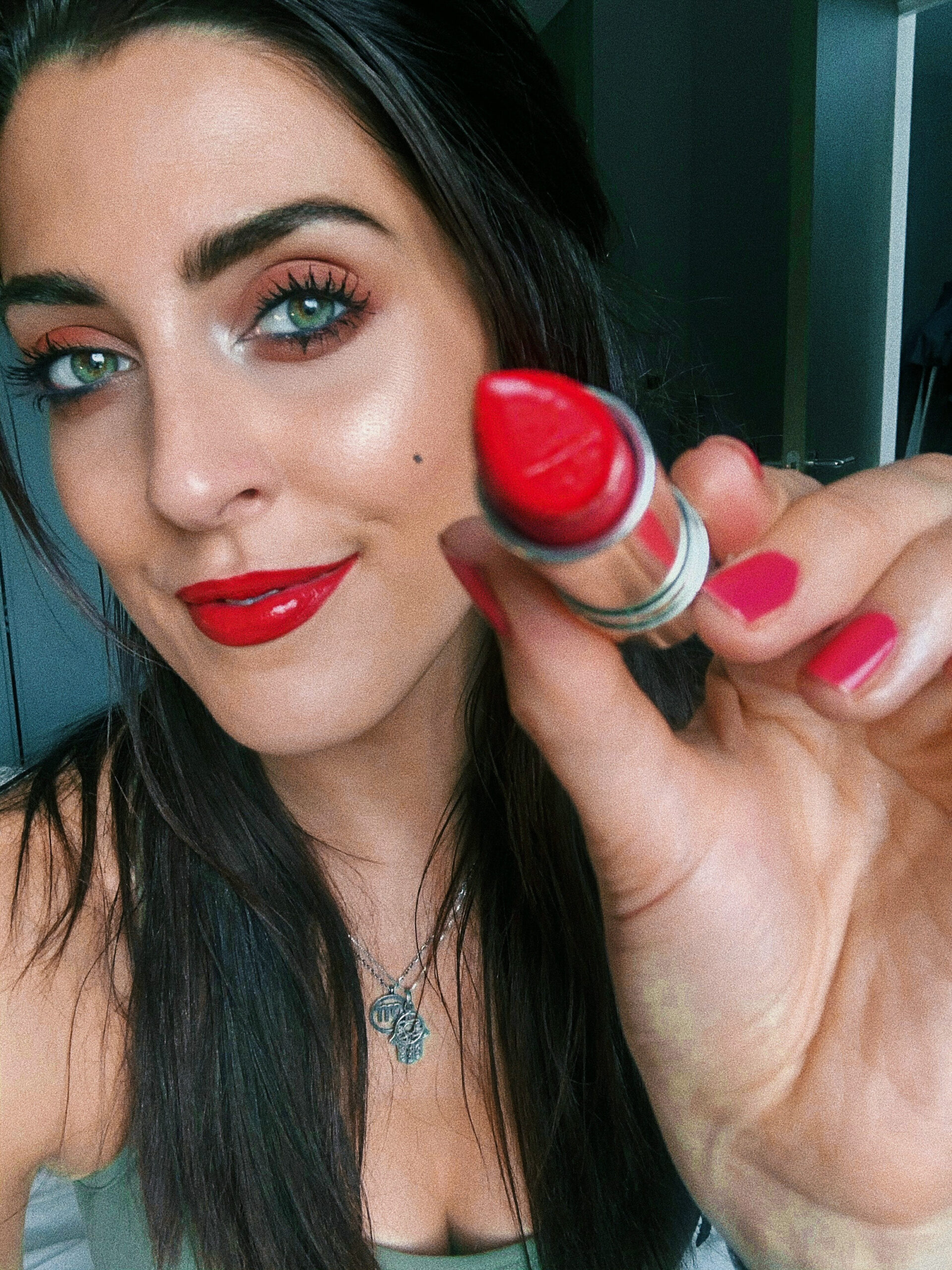When it comes to curbside recycling of beauty product packaging, it’s important to note that not all types of packaging are recyclable. However, there are several types of packaging that are commonly used in the beauty industry that can be curbside recycled, including:
Clear Glass
Clear glass bottles are known for their transparency, allowing us to see the content inside. They are commonly used for beauty and skincare. One of their eco-friendly aspects is their excellent recyclability. Clear glass is highly sought after in the recycling industry and can be easily recycled into new containers. In many areas, they can be conveniently recycled at curbside, making them a convenient and eco-conscious choice. Moreover, clear glass effectively protects its contents from UV light, preserving product quality, reducing waste, and the need for replacements.
Green Glass
Green glass bottles, besides their color, are characterized by their ability to block a certain amount of UV light, making them ideal for products like perfumes certain skincare items. Green glass bottles are also readily recyclable and can be used to make new green glass products. Depending on your location, they should be included in curbside recycling programs, further enhancing their convenience. However, they may be slightly less eco-friendly than clear glass due to the color’s impact on recycling processes.
Brown Glass
Brown glass bottles provide excellent UV protection for light-sensitive beauty and skincare products. These bottles are also easily recyclable, and like green and clear glass, they should be included in curbside recycling programs in most areas. They may be slightly less eco-friendly than clear glass due to the color’s impact on recycling. Nonetheless, brown glass is still an eco-conscious choice, contributing to waste reduction and resource conservation while preserving product quality.
In summary, clear glass bottles are often considered the most eco-friendly and are frequently recyclable at curbside, while green and brown glass bottles also offer UV protection and are recyclable, though the recycling process for these colors may be slightly more complex. Your choice may depend on product needs, environmental priorities, and whether you can recycle them at curbside in your area.
Aluminium
Aluminum beauty packaging It’s super recyclable. You can often toss it in your recycling bin, no problem. Plus, it’s great for protecting products from all kinds of things, like air and light, which keeps them fresher for longer. So, if you’re into eco-friendly beauty choices, aluminum’s a solid pick. It’s an excellent choice when it comes to recycling and product preservation. Just make sure you clean as much product out as you can.
Cardboard Palettes
When recycling cardboard eyeshadow palettes, it’s important to remove non-cardboard elements like mirrors, metal pans, and magnets. This step ensures a smoother recycling process, as non-cardboard items can complicate the recycling stream. By taking this small action, we help reduce waste and promote efficient recycling, making your beauty routine more eco-friendly. Many areas also offer curbside recycling for cardboard, adding convenience to our environmentally conscious choices.
Plastic Palettes
When recycling plastic eyeshadow palettes, remember to detach any non-plastic components, such as mirrors or metal pans. This simple step streamlines the recycling process by separating materials properly. By doing so, we play a part in reducing waste and promoting effective recycling, aligning with eco-friendly practices. Additionally, many locations offer curbside recycling for plastic, making it convenient to make environmentally responsible choices in your beauty routine.
PET Plastic
When dealing with PET plastic in beauty product packaging, such as bottles or containers, it’s important to note that for recycling purposes, the same principles apply. We should still aim to remove any non-PET elements, like labels, pumps, or caps, before recycling. This thoughtful practice ensures efficient recycling and proper separation of materials. By taking these steps, we collectively contribute to reducing waste and promoting responsible recycling in the beauty industry. Additionally, in many locations, curbside recycling for PET plastic is available, adding convenience to our eco-conscious beauty routines.
HDPE Plastic
…or high-density polyethylene, is another common plastic used in beauty packaging, such as shampoo bottles and squeeze tubes. It’s also widely accepted for curbside recycling.
Complex Multi-materials
Packaging that combines multiple materials, like plastic, metal, or glass, can be difficult to recycle because the materials need to be separated before recycling. An example of this is a plastic tube with a metal applicator or a perfume bottle with a plastic pump. This is why it is so important to separate things if possible, otherwise it has much less chance of being recycled.
Small Sample Packets
Single-use, small sample packets made of materials like foil or plastic are a lot harder to recycle.
Nail Polish Bottles
Nail polish bottles vary in their recyclability. Some glass bottles can be recycled in curbside programs, whereas plastic nail polish bottles may be more challenging due to their small size and mixed materials (plastic caps and glass bottles). The best practice for recycling nail polish bottles is to take into a beauty recycling scheme like the one ran by BOOTS. To make eco-friendly choices, you can also seek out nail polish brands that offer take-back programs or promote sustainable packaging options. Proper disposal or recycling of nail polish bottles contributes to reducing waste and minimizing their environmental impact.
Lipstick Tubes
Lipstick tubes can be recycled, but ease of recycling depends on the material. Aluminum and cardboard tubes are typically easier to recycle. Plastic tubes can be more challenging due to their small size and design complexity, so it’s essential to take apart as much as you can.
It’s important to note that some beauty products may come in packaging that includes multiple materials, such as plastic caps or pumps attached to glass bottles. In these cases, it’s best separate these before recycling for the best chance of the packaging to be recycled.
In general, it’s always a good idea to check with your local recycling program to see what materials they accept for curbside recycling. By choosing beauty products with recyclable packaging and properly disposing of them, we can all do our part to reduce waste and protect the environment.
discover conscious beauty
